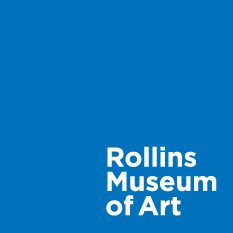I was inspired to write this post after enjoying a recent CFAM Work of the Week: Derricks at Night by […]
Richard Lindner’s Funhouse New York
A few weeks ago, I wrote about the painter Wolf Kahn’s dramatic escape from Germany on the eve of World […]
Seascape, Ship Portraiture, and the Drama of Detail in Marine Painting
This week I have been considering Black Squall at Gibraltar, a recent addition to the collection. Its maker, James E. […]
Ernest Lawson and the Materiality of Paint
I have long wanted to discuss the related disciplines of art conservation and technical art history on this blog but […]
More Thoughts on American Art After Abstract Expressionism: Nancy Graves
In the last entry of this blog, I wrote about the American painter Wolf Kahn, whom the art historian Barbara […]
Pausing to Appreciate Wolf Kahn
Lost (for me at least) amid all the tumult of March, when the first wave of COVID-19-related shutdowns were cascading […]
When Photography Became Art: Pictorialism
Today I would like to consider two photographs by American photographers, The Red Man by Gertrude Käsebier and Ziletta by […]
Robert Henri, William Merritt Chase, and Artistic Rivalry
The art world is no stranger to controversy. Recently, a number of major museums on both sides of the Atlantic […]
Joseph Cornell, Earl Cunningham, and Collecting
In my research into the CFAM American collection, I have been moving more-or-less alphabetically by century, with occasional detours to […]
A Minor Jacob Lawrence Mystery Solved
Back in June, I wrote about Jacob Lawrence’s silkscreen practice, relating it to his long-running immersion in Black life and […]
Oil Sketches at CFAM
In July you may have seen me deliver a Collections Conversations talk on one of my favorite objects in the […]
Jean Charlot and the Joy of Discovery
As I have written this blog, I have tended to highlight recent scholarship that sheds new light on artists on […]
Blackness and Abstraction, Part 2
A few weeks ago, I wrote about the African American abstract painter Sam Gilliam and his sometimes uneasy relationship with […]
Connoisseurship, Part 2: Jennie Augusta Brownscombe
In the very first entry in this blog series I wrote about connoisseurship, one of the processes art historians use […]
Sam Gilliam and Blackness
Sam Gilliam has long been one of the foremost American abstract painters, as well as one of the most successful […]
